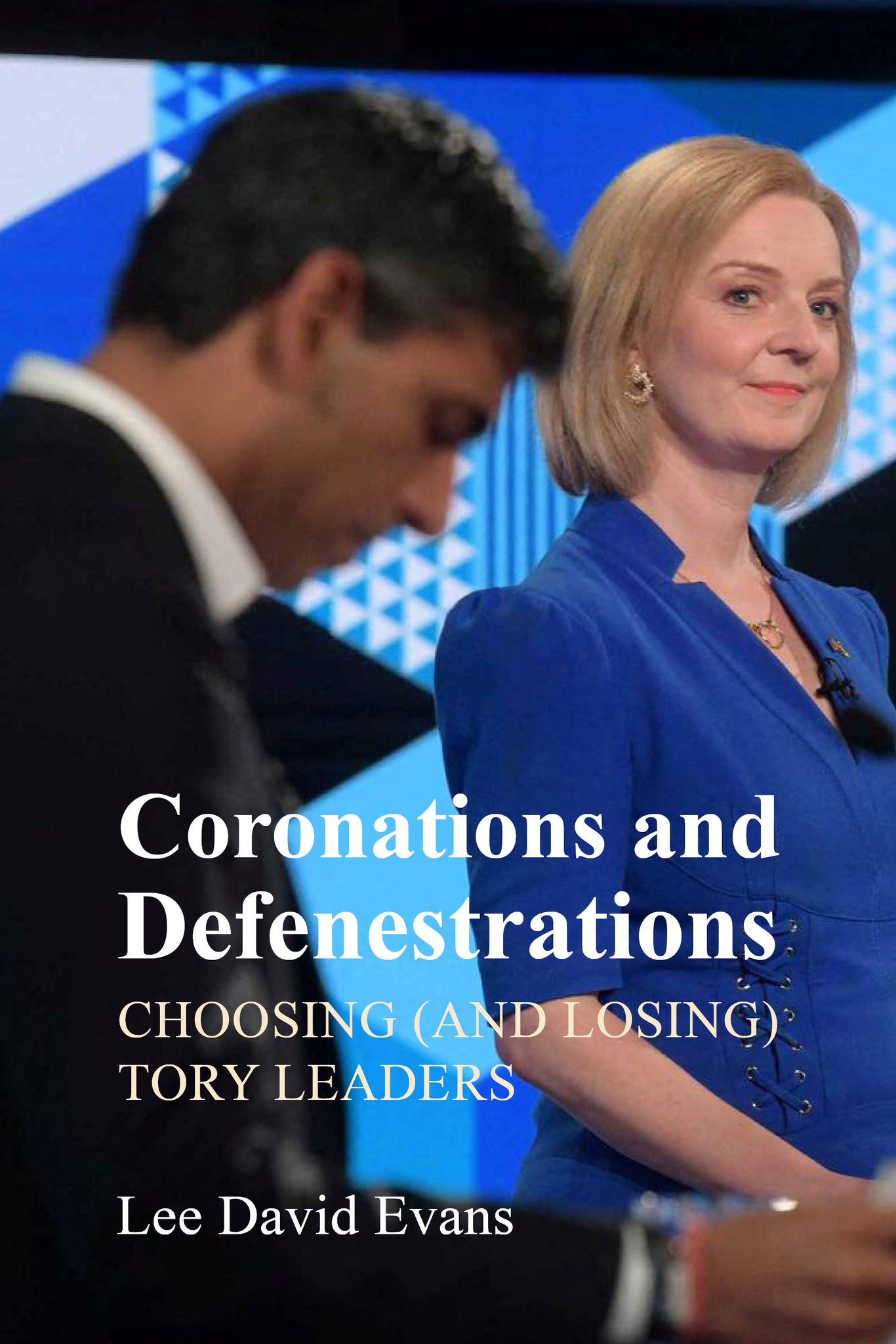We're sorry. An error has occurred
Please cancel or retry.
Coronations and Defenestrations

The Conservative Party and its leaders have shaped modern Britain. Who leads the Conservative Party matters, but how do they get to the top of their party?
Historically, leaders were expected to "emerge" through unknown and unknowable processes, typically involving the monarch and party grandees. Every party leader until the 1960s was chosen this way. But as postwar Britain embraced all things modern and meritocratic, the Tory party’s traditional ways of working appeared out of touch. The rules were changed subsequently and again after the 1997 landslide defeat. Tory MPs now decide which two candidates are to be put to a members’ vote. A decision which has resulted in the ignominious situation of a leader elected without the support of the parliamentary party.
In this lively telling of Conservative Party history, Lee Evans asks whether the leadership election rules are the source of the party’s current decline and considers what a more effective process might look like for choosing and deposing the leader while in opposition or in office.

POLITICAL SCIENCE / Political Process / General, Political leaders and leadership, POLITICAL SCIENCE / Political Ideologies / General, POLITICAL SCIENCE / Political Process / Political Parties, Political structure and processes, Political ideologies and movements, Political parties and party platforms, Conservatism / conservative ideologies and movements

Introduction
1. Emergence
2. New Rules
3. Ending the freehold
4. Members’ choice
5. A question of confidence
Conclusion




